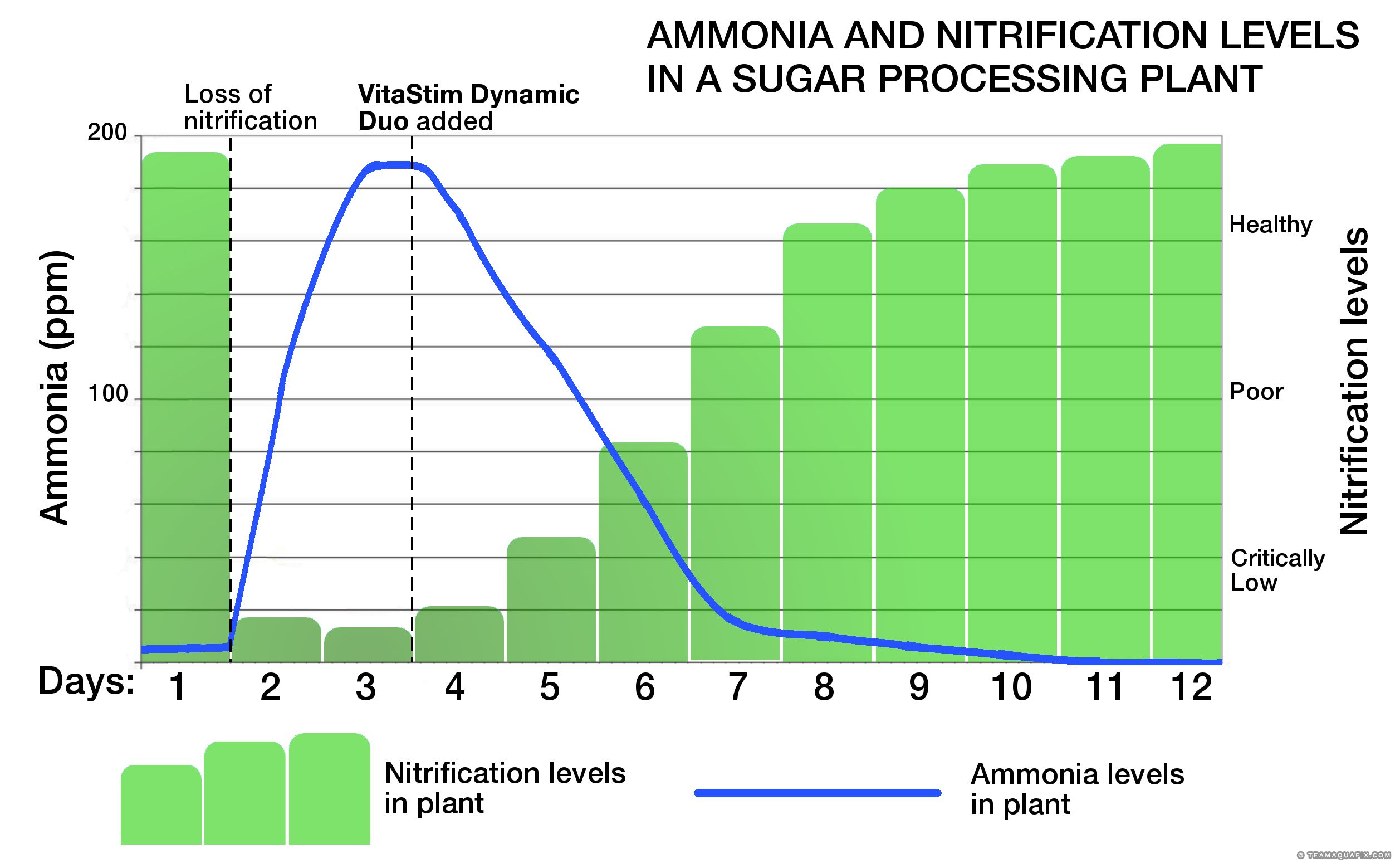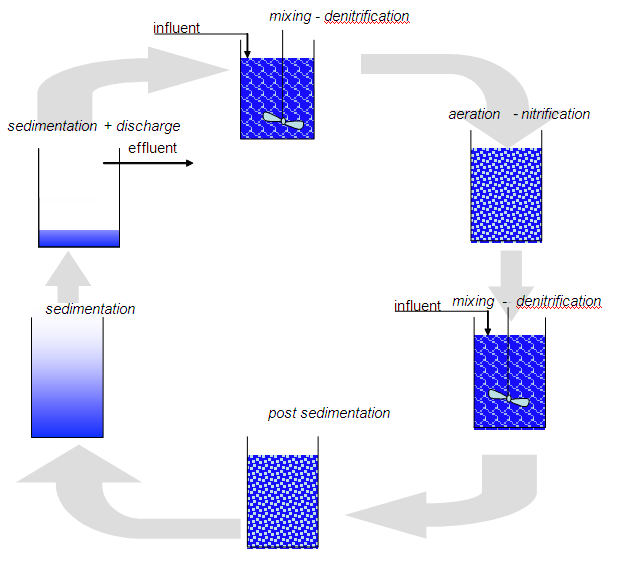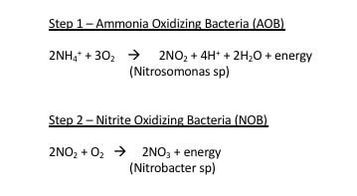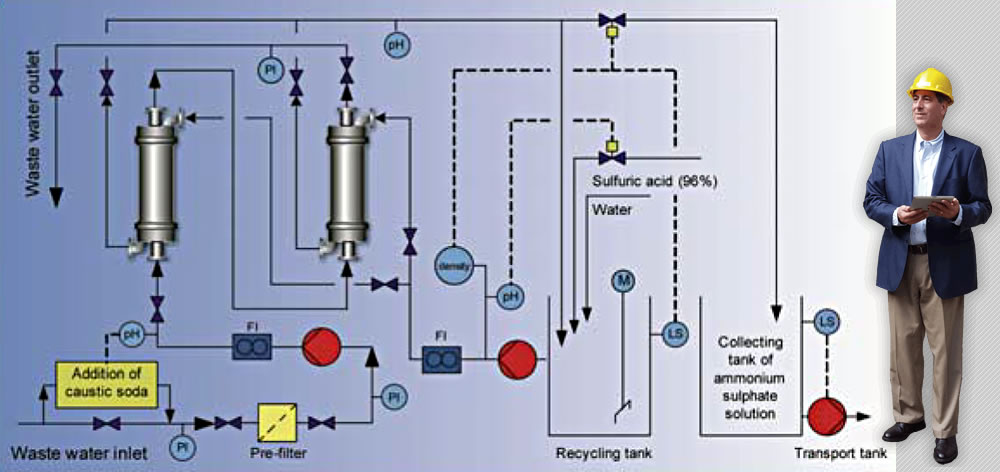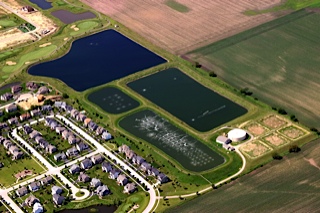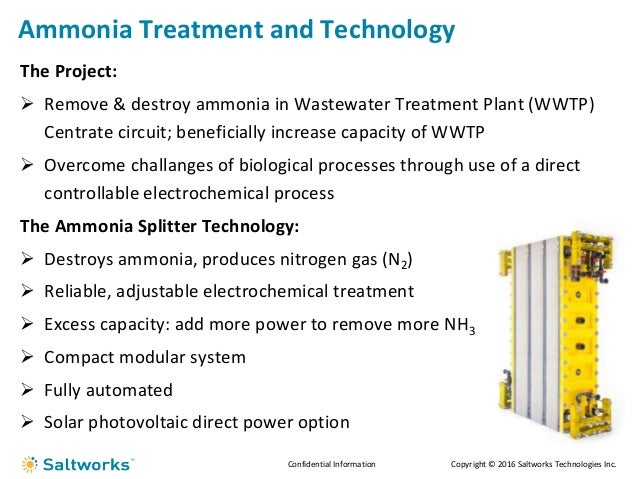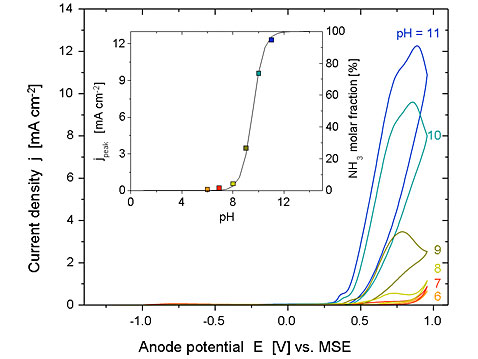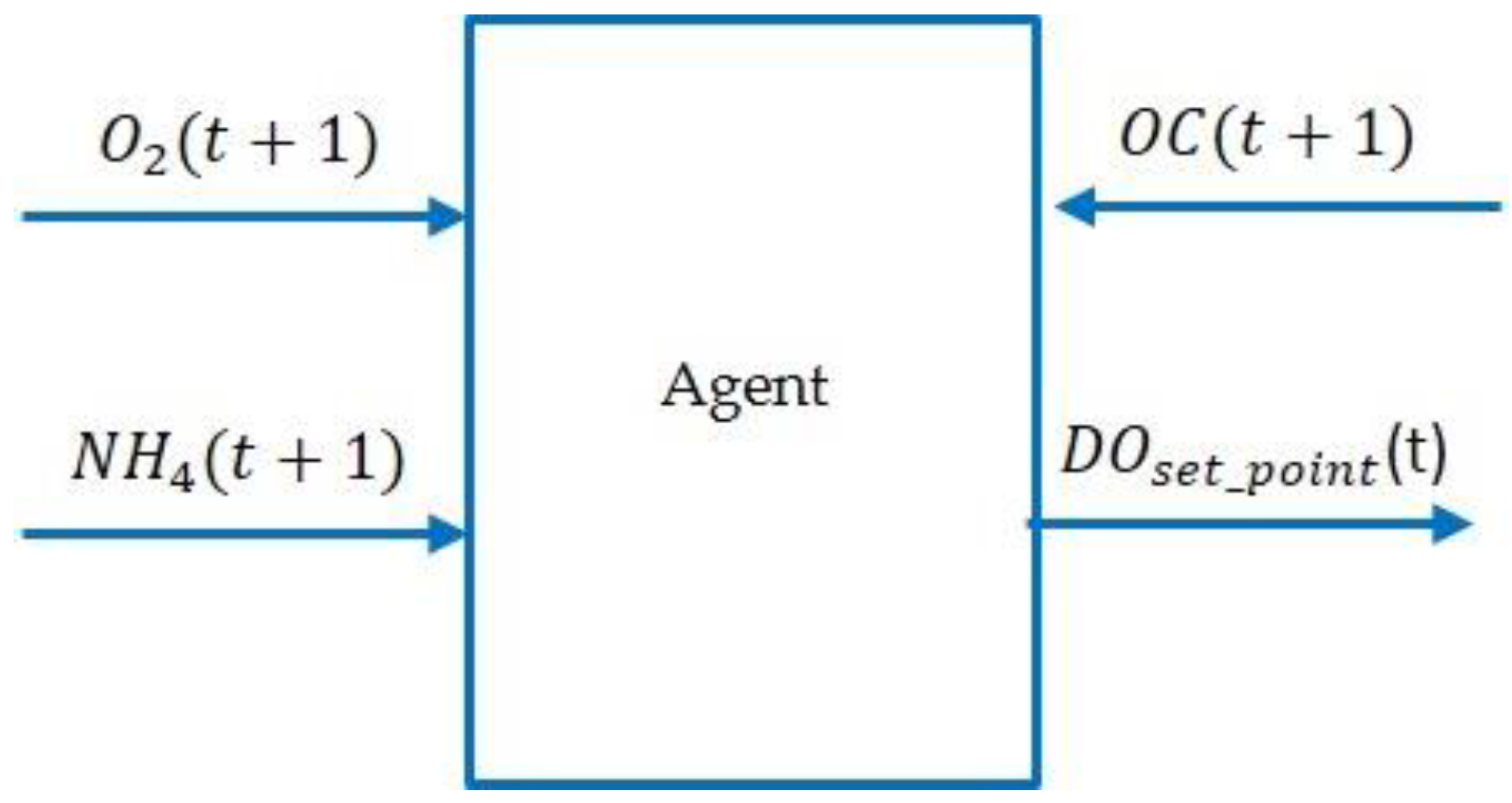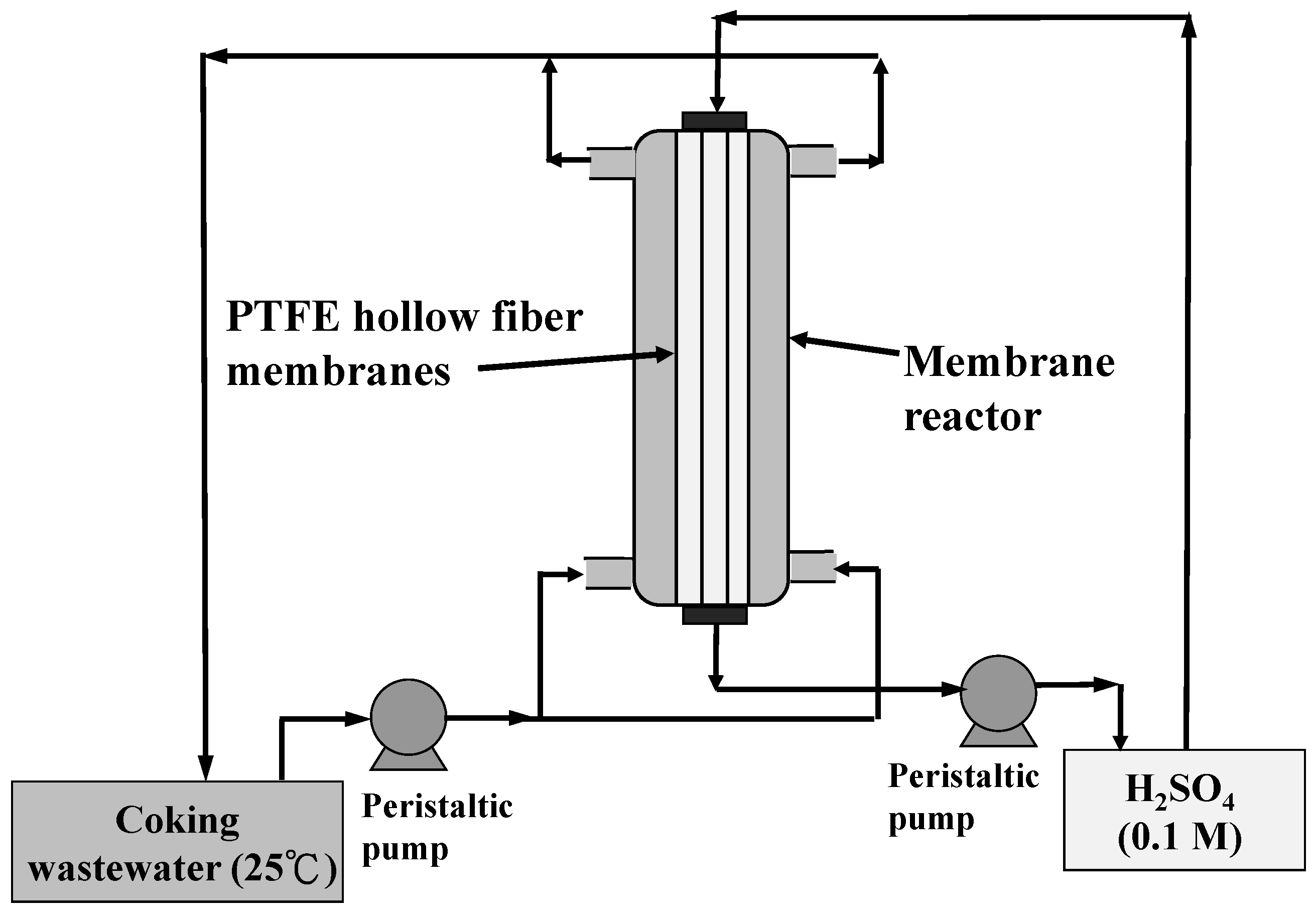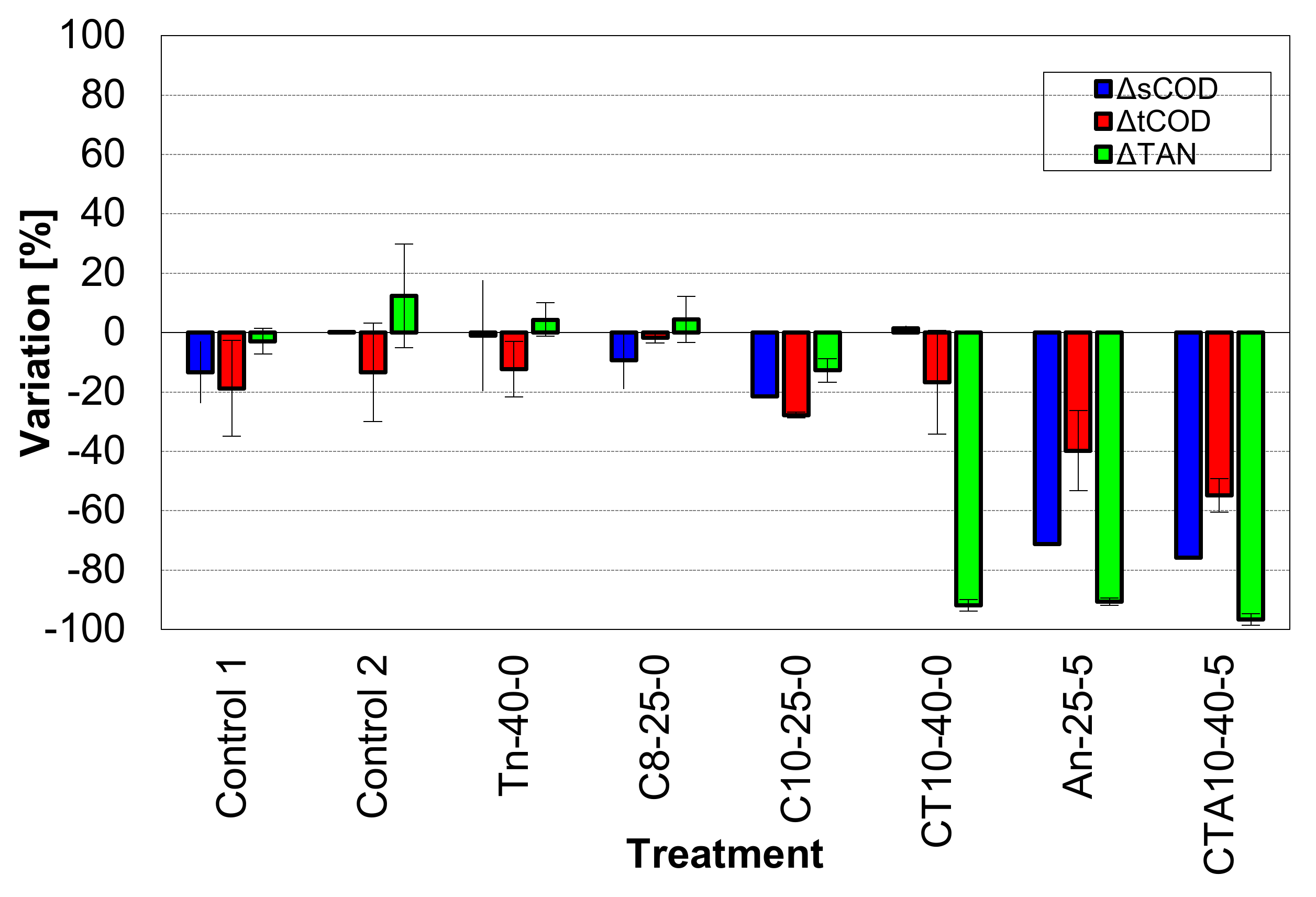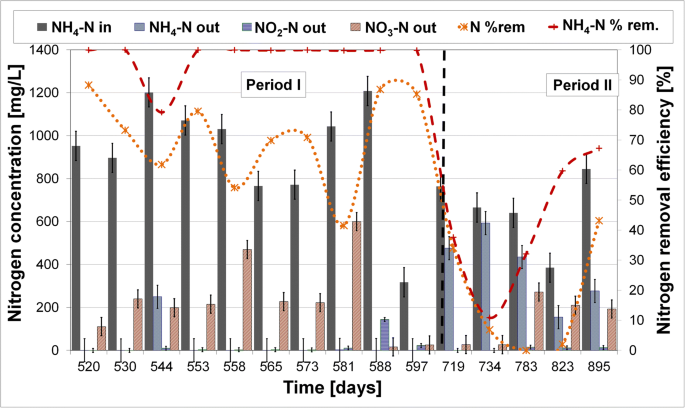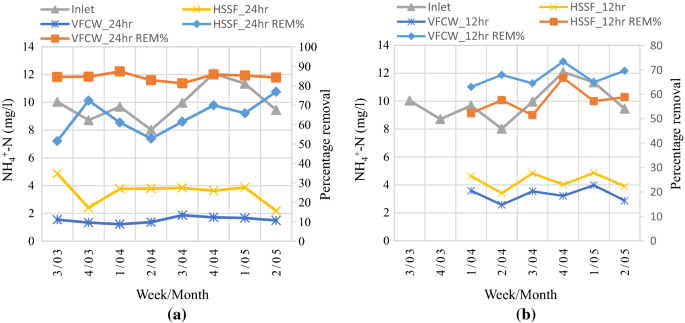Ammonia Removal From Wastewater

The end result is that your wastewater lagoon ammonia is nitrified resulting in lower ammonia levels in your lagoon effluent.
Ammonia removal from wastewater. After 4 hours of contact time the. This treatment breaks down the ammonia and converts the content into nitrogen. Ammonia nitrogen nh 4 n is the major form of nitrogen present in wastewater and the control of nh 4 n discharge in wastewater has been a major concern around the world. Nitrification is the most common way to biologically remove ammonia in wastewater lagoons.
In addition to ammonium other cations present in wastewater including magnesium calcium and potassium were effectively removed see supplementary table s1. The results show that in most of the cases studied the presence of organic compounds enhances the uptake of ammonium ion onto the ion exchangers. Nitrification is actually a two step process for removing ammonia from wastewater using two different types of autotrophic bacteria that oxidize ammonia to nitrite nitrosomonas and then oxidize nitrite to nitrate nitrobacter. The traditional method for removal of ammonium and organic pollutants from wastewater is biological treatment but ion exchange offers a number of advantages including the ability to handle shock loadings and the ability to operate over a wider range of temperatures.
One of the methods being used for wastewater treatment is ammonia stripping. Biological nitrification systems are designed to completely convert all ammonia to nitrate.




